Home>Renovation & DIY>Home Renovation Guides>Who Invented The Folding Chairs
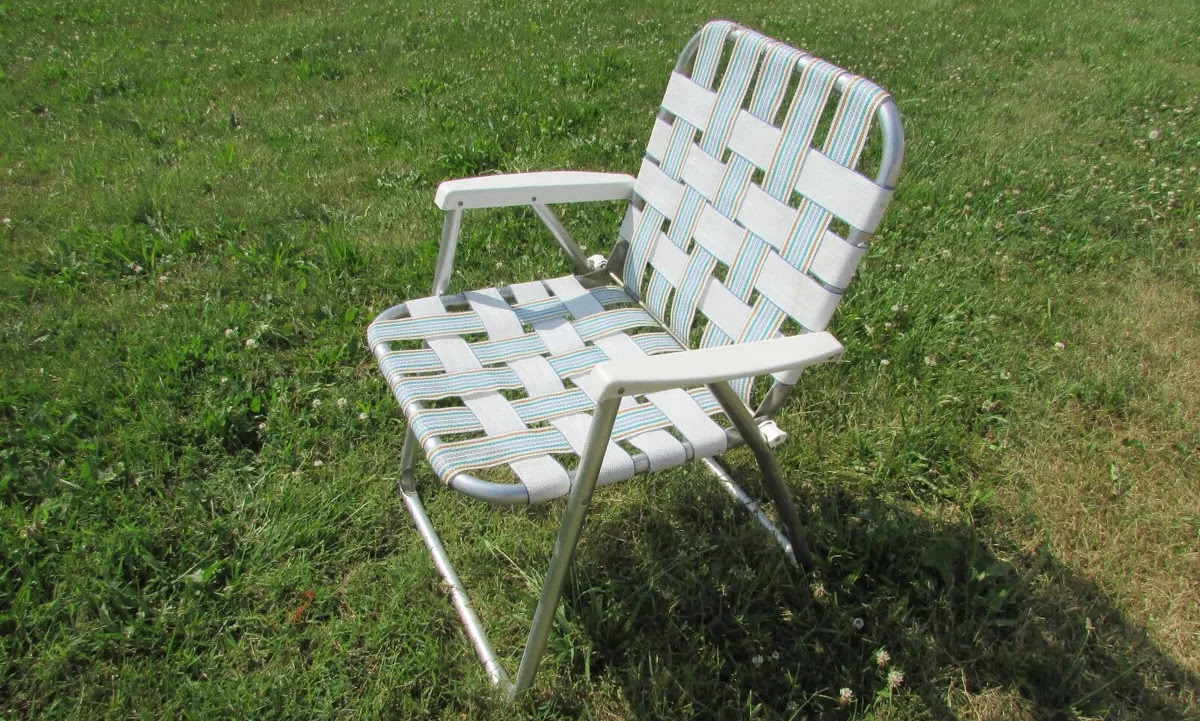

Home Renovation Guides
Who Invented The Folding Chairs
Published: February 3, 2024
Discover the history of folding chairs and their impact on home renovation with our comprehensive guide. Learn about the inventor and the evolution of this versatile seating solution.
(Many of the links in this article redirect to a specific reviewed product. Your purchase of these products through affiliate links helps to generate commission for Storables.com, at no extra cost. Learn more)
Introduction
Folding chairs have become an indispensable part of our daily lives, offering convenience and versatility in various settings. Whether used for hosting events, outdoor activities, or simply as space-saving seating solutions, folding chairs have proven their practicality time and again. But have you ever wondered about the origins of these ingenious pieces of furniture?
The history of folding chairs is a fascinating journey that spans centuries, encompassing diverse cultures and evolving designs. Exploring the roots of folding chairs unveils a rich tapestry of innovation and adaptability, shedding light on the human ingenuity that has shaped these portable seating solutions.
In this comprehensive guide, we will delve into the intriguing history of folding chairs, tracing their evolution from ancient times to the modern era. From the rudimentary yet functional designs of early civilizations to the sleek and ergonomic models of today, the story of folding chairs is a testament to human creativity and the quest for practicality.
Join us as we embark on a captivating exploration of the origins and evolution of folding chairs, uncovering the remarkable ingenuity that has made these portable seats an enduring fixture in our lives. Let's journey through time and unravel the captivating tale of how folding chairs came to be, and how they have evolved to meet the ever-changing needs of society.
Key Takeaways:
- Folding chairs have been around for centuries, invented by ancient civilizations like the Egyptians, Greeks, and Chinese. They were used for important events and were designed to be portable and easy to store.
- Modern folding chairs have evolved to be lightweight, comfortable, and stylish, catering to different preferences and needs. They are also made with eco-friendly materials, showing that they care about the environment.
Read more: Who Invented The Stairs
Early History of Folding Chairs
The early history of folding chairs is a testament to the resourcefulness and practicality of ancient civilizations. Dating back to antiquity, the concept of portable seating was a crucial innovation that addressed the need for flexible and space-efficient furniture. The earliest evidence of folding chairs can be traced to ancient cultures, where nomadic lifestyles and communal gatherings necessitated portable seating solutions.
In ancient Egypt, folding stools adorned with intricate carvings and ornate designs were discovered in tombs, indicating their significance in ceremonial and everyday use. These collapsible stools, often crafted from wood or ivory, showcased the craftsmanship and attention to detail of the ancient Egyptians. The practicality of folding chairs allowed for easy transport and storage, catering to the dynamic nature of ancient Egyptian society.
Similarly, the ancient Greeks embraced the concept of folding chairs, incorporating them into symposia, banquets, and philosophical gatherings. Known as "diphros" or "klismos," these portable chairs featured elegant craftsmanship and were favored for their versatility. The ability to fold and unfold these chairs made them indispensable for social and intellectual pursuits, reflecting the Greeks' appreciation for both functionality and aesthetics.
Moving eastward, the ancient Chinese also embraced the concept of folding chairs, recognizing their utility in various settings. The Chinese folding chair, known as "yizi," exemplified the fusion of practical design and cultural symbolism. Crafted from bamboo, the yizi was lightweight and easily transportable, catering to the nomadic lifestyle and ceremonial traditions of ancient China.
The early history of folding chairs reflects the diverse cultural contexts in which they emerged, highlighting their universal appeal and adaptability. From the opulent courts of ancient empires to the nomadic tribes of Central Asia, folding chairs transcended geographical and cultural boundaries, becoming indispensable companions in daily life.
As we unravel the early history of folding chairs, we gain a deeper appreciation for the ingenuity of ancient civilizations and their enduring legacy in shaping the furniture designs we use today. The evolution of folding chairs from rudimentary yet functional forms to the sophisticated models of the modern era is a testament to the timeless appeal of portable seating solutions.
Ancient Folding Chairs
The concept of folding chairs dates back to ancient civilizations, where the need for portable seating solutions gave rise to innovative designs that combined functionality with cultural significance. In ancient Egypt, folding stools adorned with intricate carvings and ornate designs were discovered in tombs, indicating their significance in ceremonial and everyday use. These collapsible stools, often crafted from wood or ivory, showcased the craftsmanship and attention to detail of the ancient Egyptians. The practicality of folding chairs allowed for easy transport and storage, catering to the dynamic nature of ancient Egyptian society.
Similarly, the ancient Greeks embraced the concept of folding chairs, incorporating them into symposia, banquets, and philosophical gatherings. Known as "diphros" or "klismos," these portable chairs featured elegant craftsmanship and were favored for their versatility. The ability to fold and unfold these chairs made them indispensable for social and intellectual pursuits, reflecting the Greeks' appreciation for both functionality and aesthetics.
Moving eastward, the ancient Chinese also embraced the concept of folding chairs, recognizing their utility in various settings. The Chinese folding chair, known as "yizi," exemplified the fusion of practical design and cultural symbolism. Crafted from bamboo, the yizi was lightweight and easily transportable, catering to the nomadic lifestyle and ceremonial traditions of ancient China.
The early history of folding chairs reflects the diverse cultural contexts in which they emerged, highlighting their universal appeal and adaptability. From the opulent courts of ancient empires to the nomadic tribes of Central Asia, folding chairs transcended geographical and cultural boundaries, becoming indispensable companions in daily life.
As we unravel the early history of folding chairs, we gain a deeper appreciation for the ingenuity of ancient civilizations and their enduring legacy in shaping the furniture designs we use today. The evolution of folding chairs from rudimentary yet functional forms to the sophisticated models of the modern era is a testament to the timeless appeal of portable seating solutions.
The folding chair was invented by John Cham in the 1940s. He designed it to be portable and easy to store, making it a popular choice for outdoor events and gatherings.
Medieval and Renaissance Folding Chairs
During the medieval and Renaissance periods, folding chairs continued to play a pivotal role in shaping social gatherings, ceremonial events, and everyday life. The evolution of folding chairs during this era reflected the intersection of craftsmanship, cultural influences, and evolving societal needs.
In medieval Europe, folding chairs became emblematic of authority and prestige, often gracing the courts of kings and nobles. These ornately adorned chairs, crafted from rich woods and embellished with intricate carvings, served as symbols of power and dignity. The portability of folding chairs allowed for their use in diverse settings, from grand feasts and royal audiences to outdoor festivities and military encampments.
The Renaissance era witnessed a resurgence of artistic and intellectual pursuits, leading to a renaissance in furniture design as well. Folding chairs of this period showcased a harmonious blend of form and function, drawing inspiration from classical motifs and architectural elements. The intricate detailing and elegant proportions of Renaissance folding chairs reflected the era's emphasis on beauty and balance, elevating these portable seats to objects of admiration and cultural significance.
In addition to their presence in aristocratic circles, folding chairs became integral to religious ceremonies and processions during the medieval and Renaissance periods. Ecclesiastical gatherings and sacred rituals often featured elaborately adorned folding chairs, underscoring their role in conveying reverence and solemnity. The portability of folding chairs facilitated their use in religious processions and ceremonial rites, further cementing their place in the cultural tapestry of the time.
The evolution of folding chairs during the medieval and Renaissance periods exemplifies the enduring appeal of portable seating solutions across diverse societal domains. From the opulent courts of Europe to the sacred spaces of cathedrals and monasteries, folding chairs remained versatile and indispensable, adapting to the evolving needs of society while retaining their timeless functionality.
As we reflect on the medieval and Renaissance folding chairs, we gain insight into the intricate craftsmanship, cultural symbolism, and societal dynamics that shaped these portable seats. The legacy of folding chairs from this era continues to inspire contemporary designs, underscoring their enduring relevance and timeless allure.
Modern Folding Chairs
The evolution of folding chairs has witnessed a remarkable transformation in the modern era, driven by advancements in materials, engineering, and design innovation. Modern folding chairs exemplify a harmonious fusion of practicality, comfort, and aesthetic appeal, catering to diverse settings and evolving lifestyle needs.
One of the defining features of modern folding chairs is their enhanced portability and convenience. With the advent of lightweight yet durable materials such as aluminum, high-grade plastics, and reinforced fabrics, modern folding chairs offer unparalleled ease of transport and storage. Whether used for outdoor events, recreational activities, or temporary seating arrangements, modern folding chairs embody the ethos of effortless mobility, allowing users to set up and pack away seating solutions with minimal effort.
Moreover, the ergonomic design of modern folding chairs prioritizes comfort without compromising on functionality. Advanced engineering and ergonomic principles have led to the development of folding chairs with contoured seats, lumbar support, and adjustable features, ensuring optimal comfort for extended periods of sitting. The integration of breathable materials and cushioning further enhances the overall seating experience, making modern folding chairs a preferred choice for both indoor and outdoor use.
In addition to their practical attributes, modern folding chairs showcase a diverse range of styles and aesthetics, catering to varying preferences and design sensibilities. From sleek and minimalist designs suitable for contemporary spaces to vibrant and expressive patterns that add a pop of color, modern folding chairs offer a versatile canvas for personal expression and interior decor. The availability of customizable options and innovative finishes further underscores the adaptability of modern folding chairs, allowing users to curate seating solutions that align with their individual tastes and functional requirements.
Furthermore, the sustainability aspect of modern folding chairs has garnered significant attention, with manufacturers prioritizing eco-friendly materials and production processes. Recyclable components, energy-efficient manufacturing techniques, and the use of responsibly sourced materials contribute to the eco-conscious appeal of modern folding chairs, resonating with environmentally conscious consumers seeking sustainable furniture solutions.
As we embrace the era of modern folding chairs, we witness a convergence of practicality, comfort, and style, redefining the role of portable seating in contemporary living. The seamless integration of advanced materials, ergonomic design principles, and sustainable practices underscores the enduring relevance and adaptability of folding chairs in the modern age. Whether utilized for social gatherings, recreational pursuits, or everyday convenience, modern folding chairs stand as a testament to the evolution of portable seating solutions, enriching our lives with their functional versatility and aesthetic charm.
Read more: Who Invented The Mattress
Conclusion
The journey through the history of folding chairs unveils a captivating narrative of human ingenuity, cultural diversity, and timeless practicality. From their humble origins in ancient civilizations to their modern-day iterations, folding chairs have remained steadfast in their ability to adapt to the ever-changing needs of society.
The early history of folding chairs reflects the resourcefulness of ancient cultures, where portable seating solutions were essential for communal gatherings, ceremonial rituals, and nomadic lifestyles. The ancient Egyptians, Greeks, and Chinese each contributed to the evolution of folding chairs, infusing them with distinctive craftsmanship and cultural significance. These early iterations laid the foundation for the enduring appeal of folding chairs, showcasing their universal relevance across diverse civilizations.
During the medieval and Renaissance periods, folding chairs evolved to embody symbols of authority, elegance, and religious reverence. Their presence in royal courts, religious processions, and intellectual gatherings underscored their versatility and cultural significance. The intricate craftsmanship and symbolic motifs of folding chairs from this era reflected the artistic and societal dynamics of the time, leaving an indelible mark on the history of furniture design.
In the modern era, folding chairs have undergone a remarkable transformation, embracing lightweight materials, ergonomic design principles, and sustainable practices. The emphasis on portability, comfort, and aesthetic diversity has propelled folding chairs into the forefront of contemporary furniture solutions. Whether used for outdoor events, recreational activities, or everyday convenience, modern folding chairs exemplify the seamless integration of practicality and style, catering to the diverse needs and preferences of today's society.
As we conclude this exploration of folding chairs, we are reminded of their enduring relevance as versatile, portable seating solutions. The evolution of folding chairs from ancient times to the present day is a testament to the timeless appeal of practical furniture design. Whether as artifacts of ancient civilizations, symbols of medieval prestige, or contemporary embodiments of comfort and mobility, folding chairs continue to enrich our lives with their functional versatility and cultural resonance.
In essence, the history of folding chairs is a testament to the enduring human quest for practical innovation, cultural expression, and adaptability. As we embrace the future, folding chairs stand as timeless companions, embodying the legacy of human creativity and the art of functional design.
Frequently Asked Questions about Who Invented The Folding Chairs
Was this page helpful?
At Storables.com, we guarantee accurate and reliable information. Our content, validated by Expert Board Contributors, is crafted following stringent Editorial Policies. We're committed to providing you with well-researched, expert-backed insights for all your informational needs.


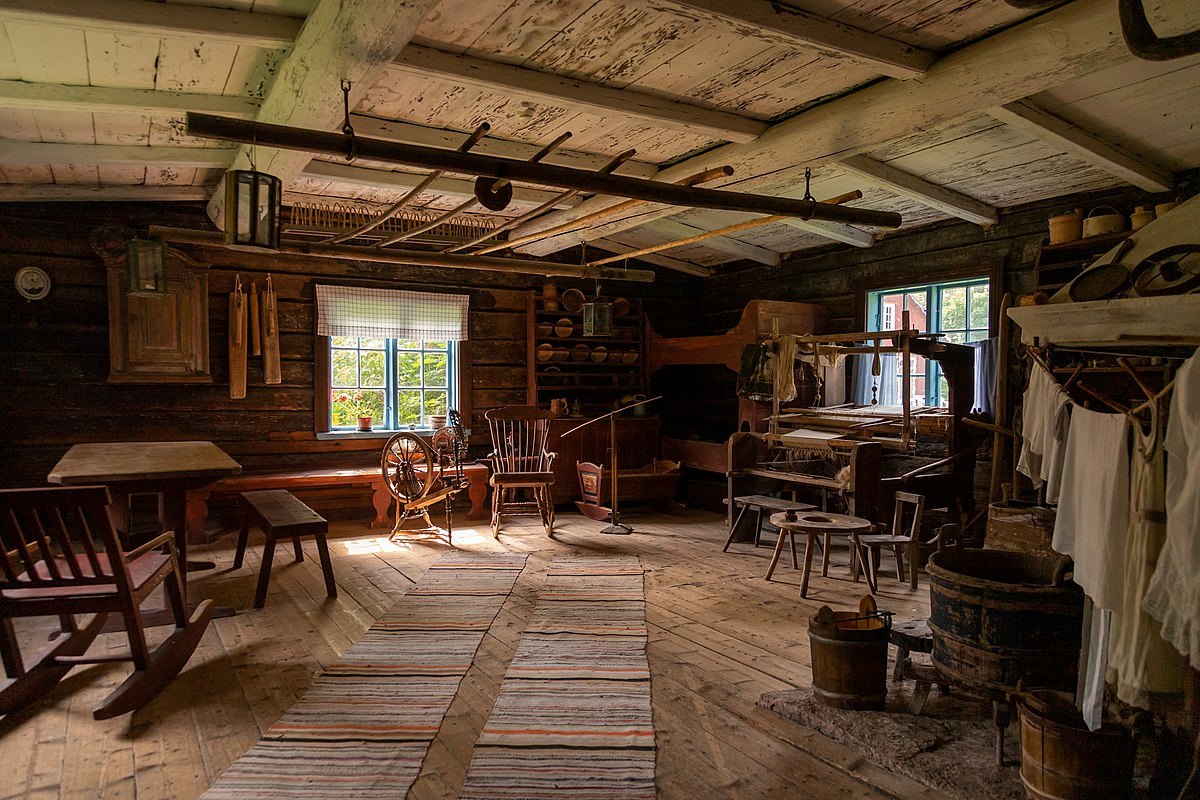


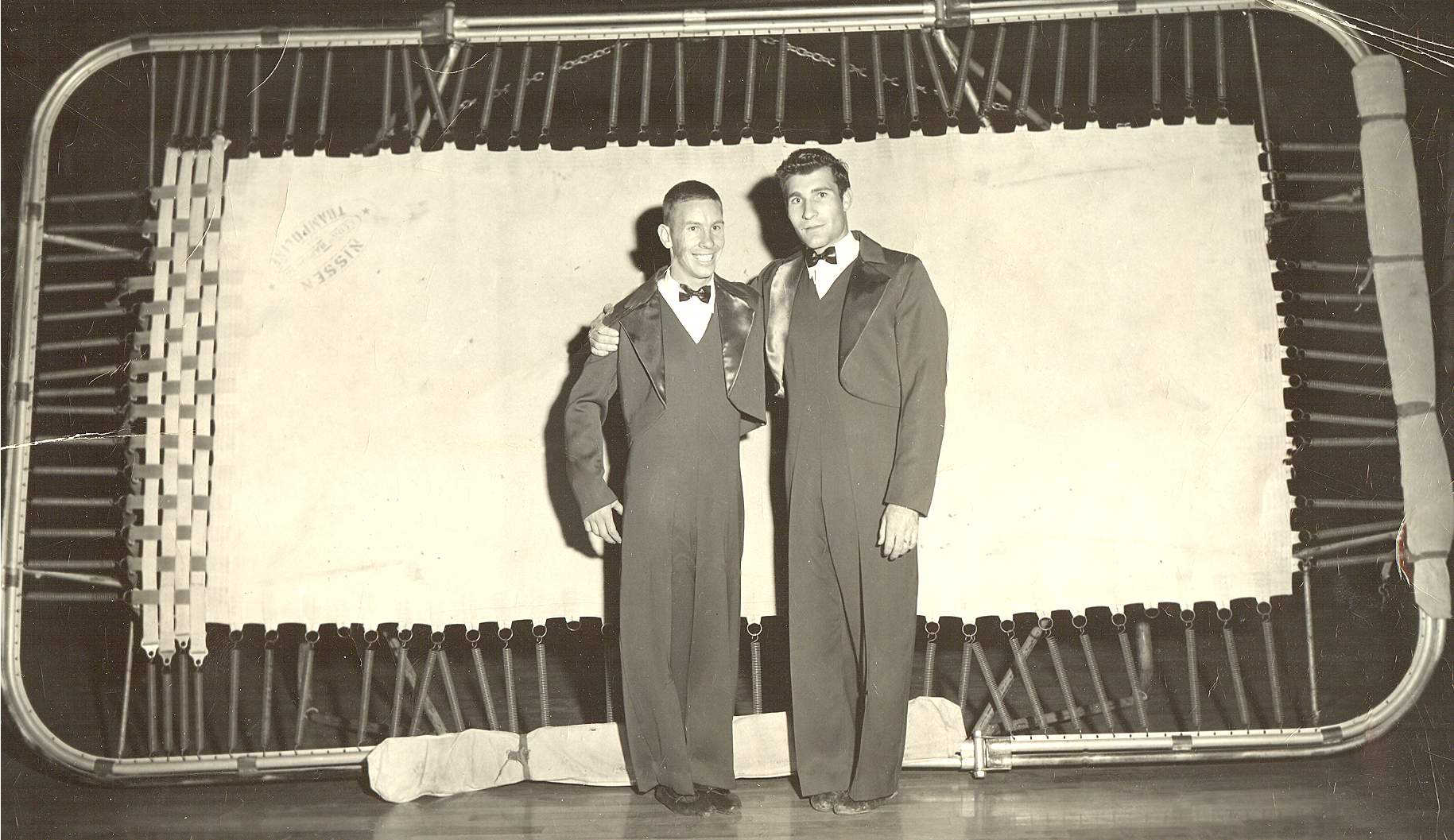

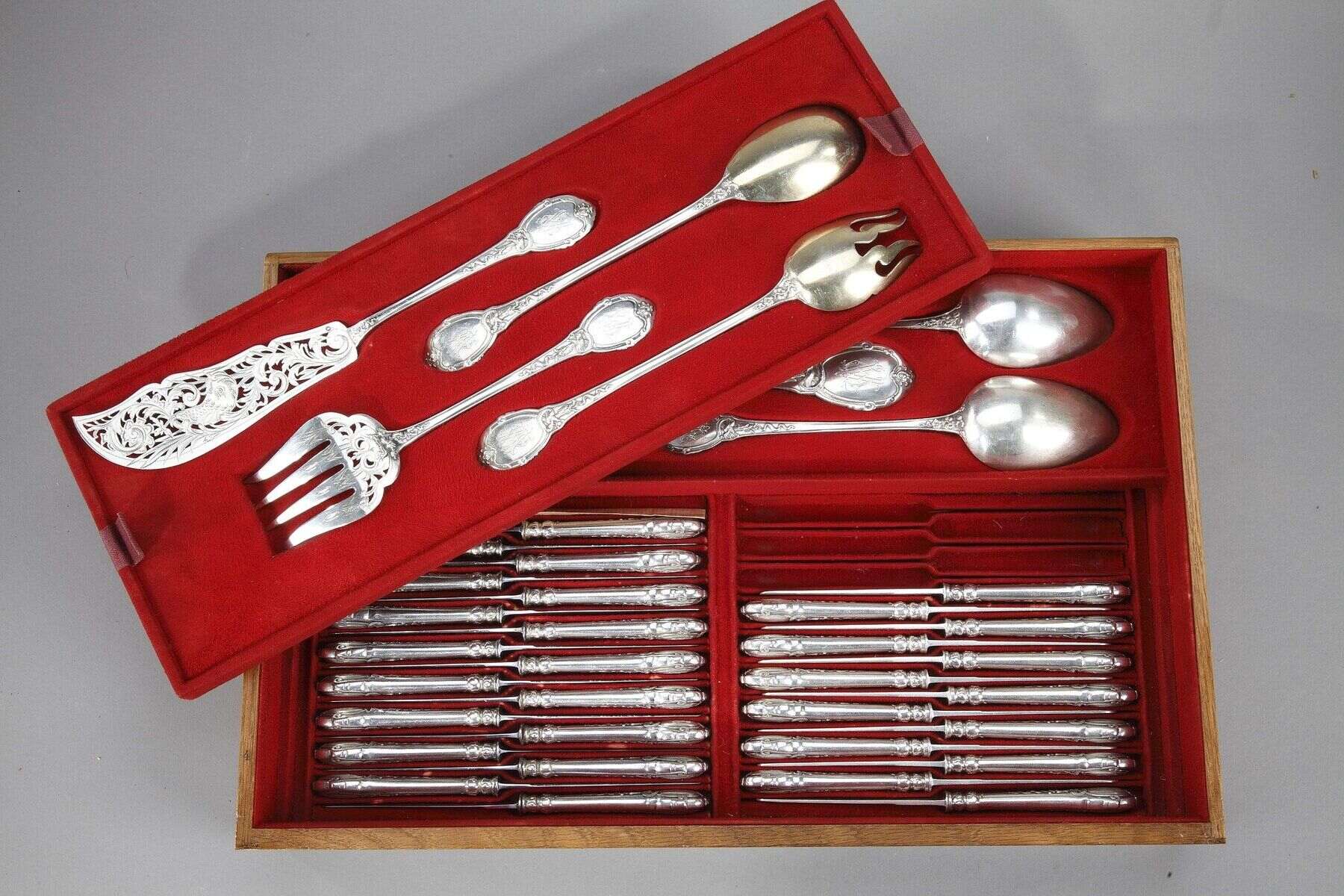
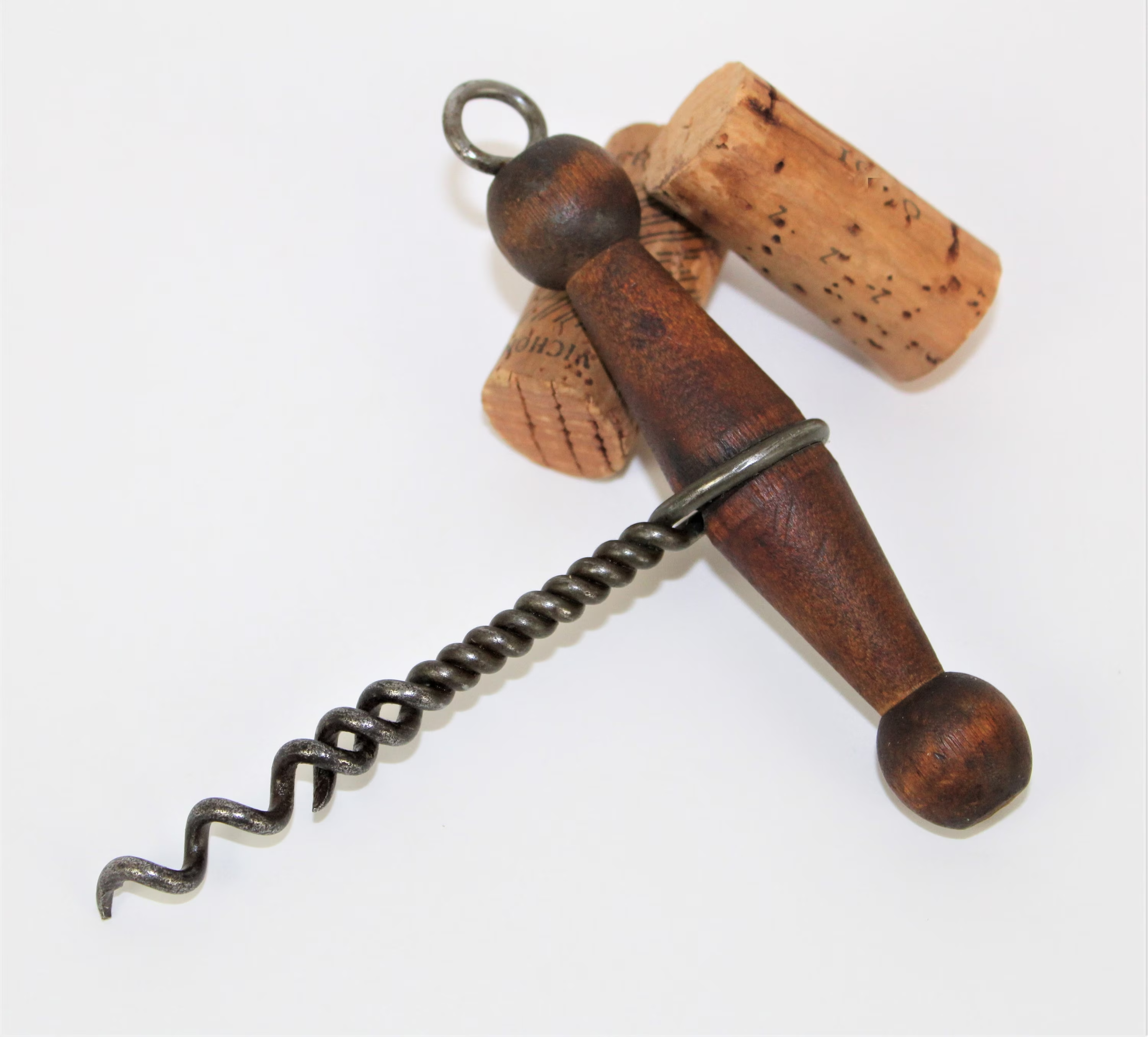


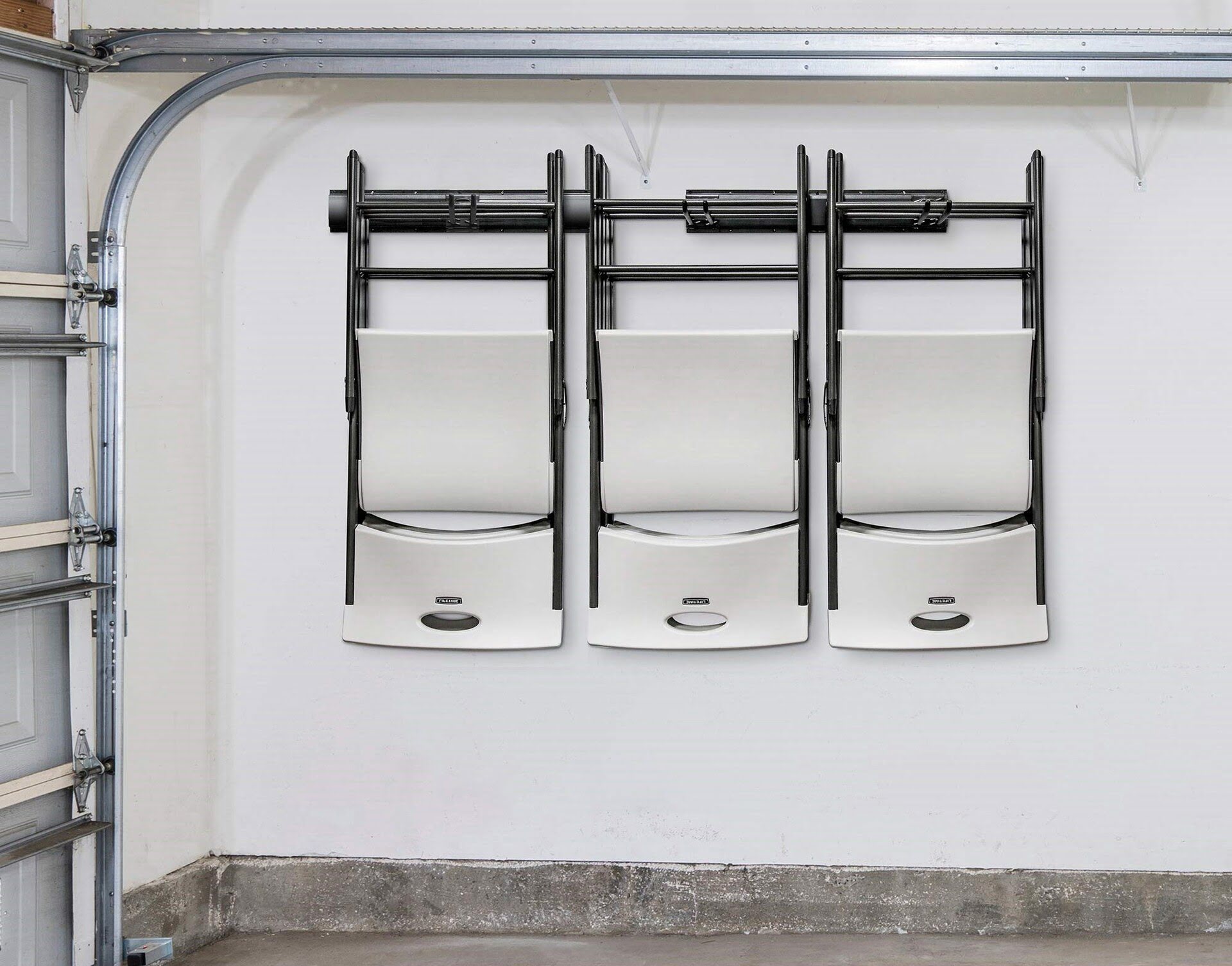
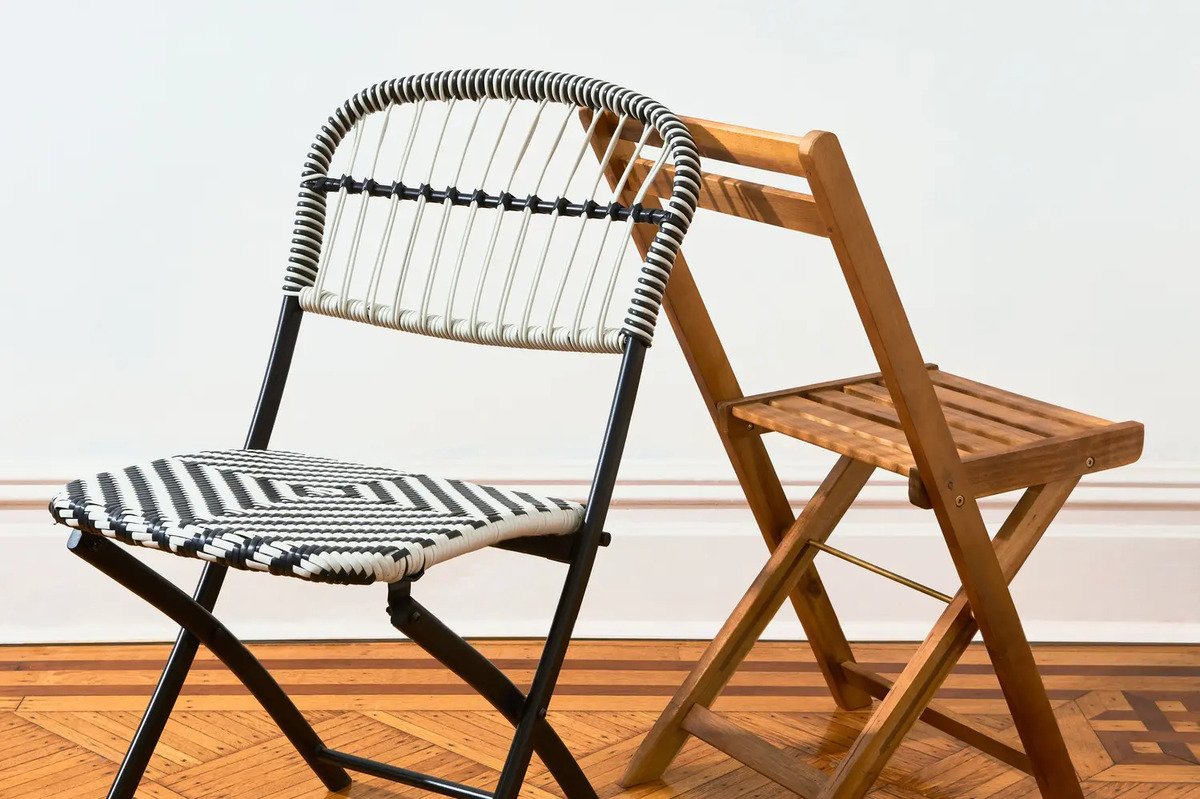
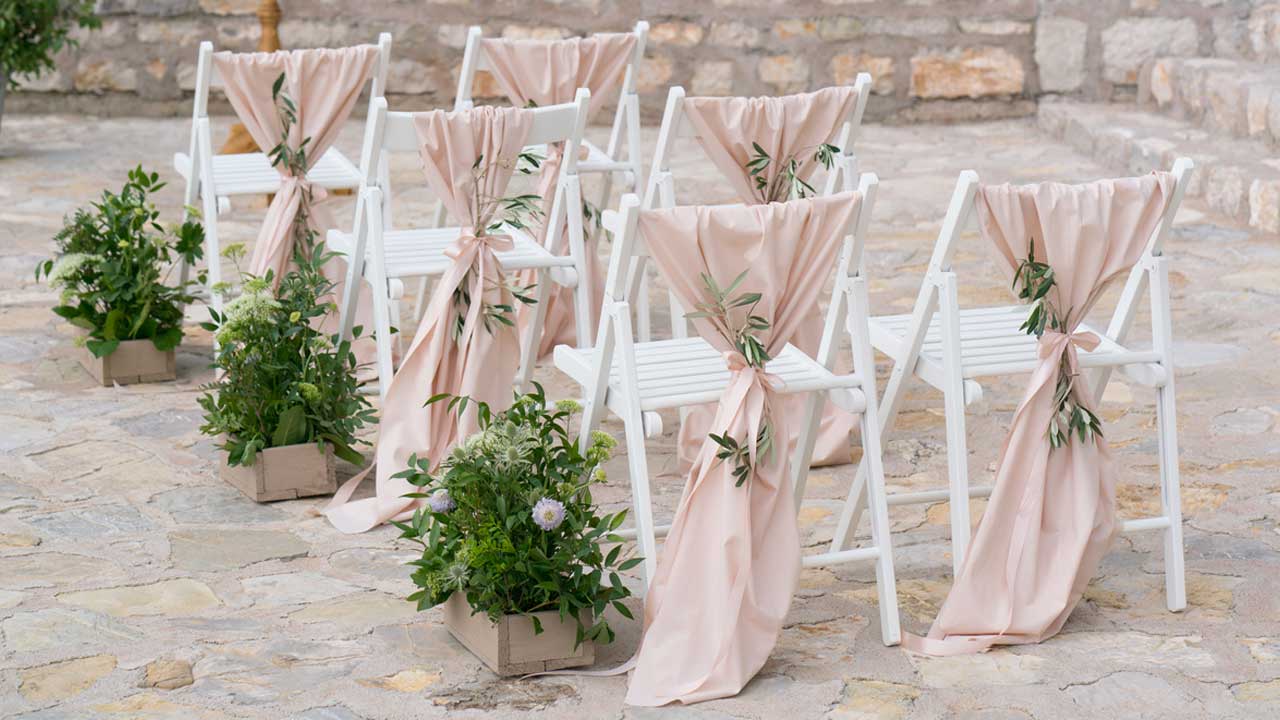

0 thoughts on “Who Invented The Folding Chairs”